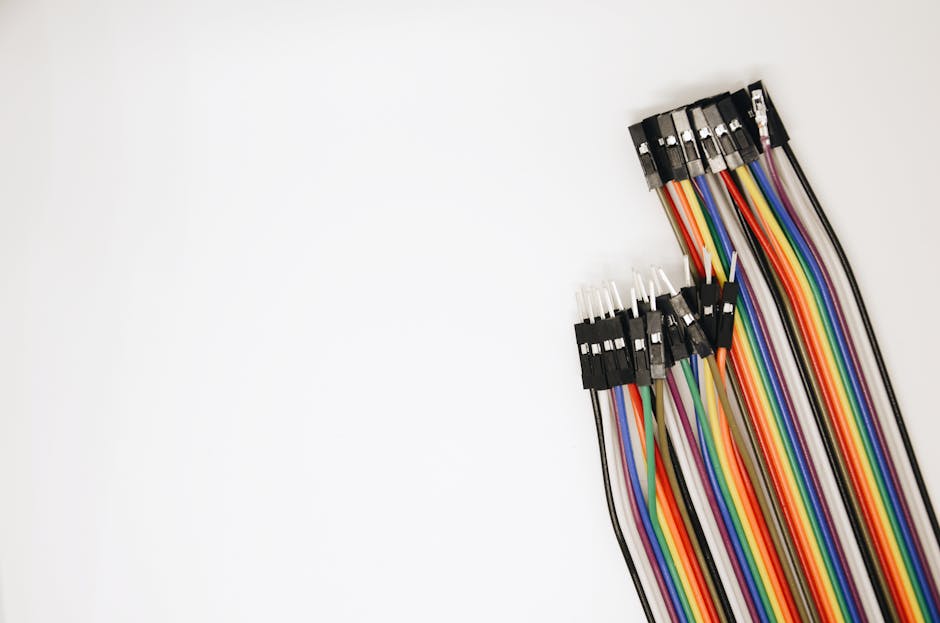What’s the Best Way to Twist Wire Using a Wired Drill?
When it comes to twisting wire using a wired drill, there are a few techniques that can help you achieve the best results. Whether you’re working on a DIY project or need to secure electrical connections, a wired drill can be a valuable tool for twisting wires together efficiently and effectively. In this article, we’ll explore the different methods and steps you can take to twist wire using a drill.
Select the Right Drill and Attachments
The first step in twisting wire with a drill is to select the right tool for the job. It’s essential to choose a drill with adjustable speed settings and a comfortable grip. This will allow you to control the speed and torque of the drill, ensuring that you can twist the wire accurately.
Additionally, using wire-twisting bits or attachments designed explicitly for twisting wires can make the process easier. These specialized attachments are designed to hold the wires securely in place and provide a smooth twisting action.
Prepare the Wires
Before you start twisting the wires, it’s important to prepare them properly. Begin by stripping the insulation from the ends of the wires using a wire stripper. This will expose the bare metal, allowing for a stronger connection.
Once the wires are stripped, align and position them together, ensuring they are straight and parallel. This step is crucial for achieving a neat and uniform twist. If the wires are not aligned correctly, the twisted wire may be uneven or have weak spots.
Perform Wire Twisting
Now that the wires are prepared, it’s time to perform the wire twisting process. Begin by securing the wires in the drill chuck, making sure they are held firmly but not excessively tightened. The goal is to have a secure grip on the wires without damaging them.
Activate the drill at a low speed to begin the twisting process. As the wires start to twist together, gradually increase the speed of the drill. This gradual increase in speed will help prevent the wires from getting tangled or damaged.
Throughout the twisting process, it’s crucial to monitor the wires closely and make any necessary adjustments. This can include slowing down or speeding up the drill speed, or repositioning the wires to ensure they are twisting evenly.
Finish and Insulate the Twisted Wire
Once the desired level of twisting is achieved, it’s time to finish and insulate the twisted wire. Start by trimming any excess wire beyond the twisted section using wire cutters. This will create a clean finish and prevent any sharp edges or protruding wires.
Next, it’s important to apply insulation to the twisted wire for electrical safety. This can be done using heat shrink tubing or electrical tape. Simply slide the insulation over the exposed twisted section and heat it with a heat gun or apply electrical tape tightly around the twisted wire.
By following these steps, you can effectively twist wire using a wired drill. However, it’s important to note that the specific steps may vary depending on the type of drill and wire twisting attachments used. Always refer to the manufacturer’s instructions for your specific tools and equipment to ensure proper usage and safety.
Related Websites:
FAQs:
Q: What are the benefits of using wired drills for wire twisting?
Using wired drills for wire twisting offers several benefits. They provide greater control and precision, allowing you to achieve consistent and uniform twists. Wired drills also save time and effort compared to manual twisting, making the process more efficient.
Q: What types of wire are suitable for twisting?
There are various types of wire commonly used for twisting, such as copper wire, aluminum wire, and steel wire. Each type has its own characteristics and properties. Copper wire is flexible and highly conductive, making it suitable for electrical applications. Aluminum wire is lightweight and corrosion-resistant, often used in outdoor projects. Steel wire is strong and durable, making it ideal for heavy-duty applications.
Q: What safety precautions should I take before wire twisting?
Before wire twisting, it is important to take safety precautions. Always wear protective gear such as safety goggles, gloves, and a dust mask to prevent injuries. Ensure that your workspace is well-ventilated and free from any potential hazards. It is also recommended to secure the wire firmly and keep your fingers away from moving parts of the drill to avoid accidents.
Q: What are some common mistakes to avoid during wire twisting?
During wire twisting, common mistakes include applying too much pressure, using the wrong drill speed, and not monitoring the twist carefully. These mistakes can lead to uneven or damaged twists. To avoid them, apply gentle pressure, adjust the drill speed appropriately, and closely monitor the twisting process. Adjust as needed to achieve the desired results.
Q: Are there alternative methods for wire twisting without wired drills?
Yes, there are alternative methods for wire twisting without wired drills. Some manual methods include using pliers, hand twisting, or using a handheld twisting tool. However, these methods may not provide the same level of precision and efficiency as wired drills. They require more time and effort, making them less suitable for large-scale projects or when consistent results are desired.





